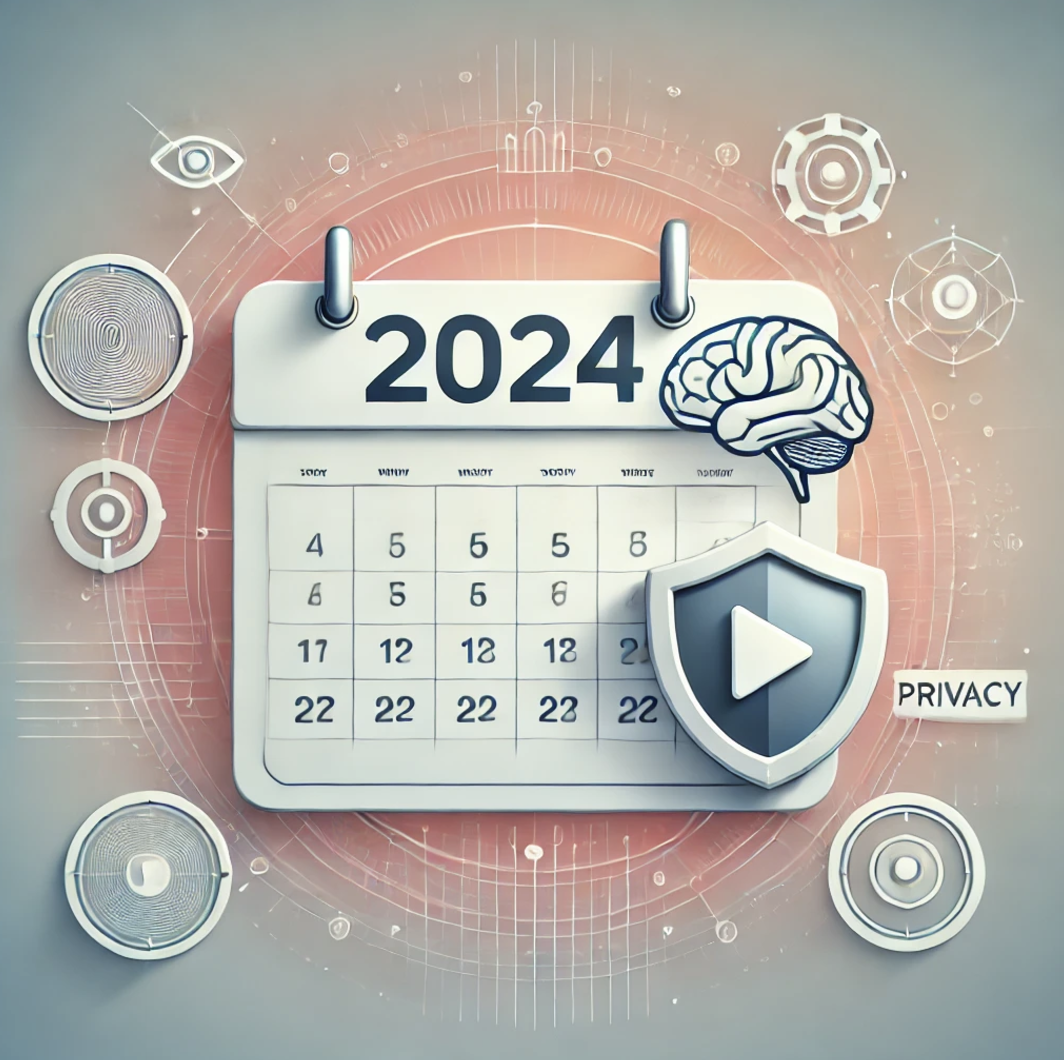Reflecting on Digital Marketing in 2024: The Year …

As 2024 comes to a close, it’s worth looking back at how digital marketing strategies evolved during this transformative year. With technology advancing rapidly and consumer behaviors shifting, marketers faced both challenges and opportunities in redefining their approaches. This was a year characterized by innovation, personalization, and a growing emphasis on privacy and sustainability.
Here’s a recap of the key trends and strategies that shaped digital marketing in 2024.
1. The Dominance of AI and Machine Learning
Advanced Personalization
In 2024, AI tools became central to delivering hyper-personalized customer experiences. Marketers used AI to analyze vast amounts of data and predict user behavior, enabling them to craft highly tailored campaigns. Chatbots and AI-driven customer support became more human-like, handling complex queries and enhancing user satisfaction.
Creative AI
AI also revolutionized content creation. From generating video scripts to designing social media graphics, AI tools helped marketers scale their efforts without sacrificing quality. Platforms like ChatGPT and MidJourney became staples in creative teams.
2. Short-Form Video Continued to Reign
TikTok’s Continued Influence
TikTok remained the go-to platform for short-form videos, with brands using it to deliver snappy, engaging content. The platform’s e-commerce integrations also gained traction, allowing businesses to turn viral content into direct sales.
YouTube Shorts and Instagram Reels
YouTube Shorts and Instagram Reels consolidated their positions as key marketing tools. Brands embraced storytelling through short, impactful videos to capture attention and drive engagement across diverse demographics.
3. The Rise of the Creator Economy
Influencer Partnerships
2024 saw brands deepening their partnerships with content creators, leveraging their influence to build trust and authenticity. Nano and micro-influencers gained prominence as they connected with niche audiences more effectively than large-scale influencers.
User-Generated Content
User-generated content (UGC) became a vital part of marketing strategies. Brands encouraged customers to share their experiences, amplifying organic reach and boosting credibility.
4. Privacy-First Marketing Took Center Stage
End of Third-Party Cookies
With the phaseout of third-party cookies, marketers focused on building robust first-party data strategies. Email marketing, loyalty programs, and interactive content were used to gather consent-based data.
Ethical Marketing
Consumers demanded greater transparency, and brands that prioritized ethical data practices and clear communication gained a competitive edge. Privacy-first advertising platforms, like Google’s Privacy Sandbox, became standard tools.
5. Sustainability Became a Core Value
Green Marketing
2024 saw sustainability become a key differentiator for brands. Companies highlighted eco-friendly practices in their campaigns, from carbon-neutral operations to sustainable packaging.
Cause-Driven Campaigns
Marketers aligned their efforts with social and environmental causes, fostering deeper connections with conscious consumers. Authenticity was crucial—consumers quickly called out brands for performative activism.
6. The Expansion of the Metaverse
Virtual Experiences
Brands continued to experiment with the metaverse, hosting virtual events, launching virtual storefronts, and creating interactive 3D content. The metaverse became a playground for immersive brand experiences.
Advertising in Virtual Worlds
Digital marketing extended into virtual platforms like Roblox and Decentraland, where brands engaged with younger, tech-savvy audiences through innovative campaigns and branded environments.
7. Omnichannel Strategies Enhanced Customer Experiences
Unified Campaigns
Marketers in 2024 prioritized seamless customer journeys across channels. Whether customers interacted via social media, email, or physical stores, the messaging and experience remained consistent.
Integrating New Channels
Wearables, voice assistants, and IoT devices played a bigger role in omnichannel strategies. For example, marketers used smartwatches and voice-activated devices to deliver personalized notifications.
8. Content Marketing Evolved
Interactive and Visual Content
Interactive formats such as quizzes, polls, and AR experiences gained popularity, keeping audiences engaged. Infographics and visually rich content helped brands convey complex information effectively.
Long-Form Content’s Resurgence
Despite the popularity of short-form content, long-form articles, whitepapers, and guides saw renewed interest. Businesses used them to establish thought leadership and improve search engine rankings.
9. Search Marketing Adapted to New Realities
Voice and Visual Search Optimization
With the growing use of voice assistants and visual search tools, brands optimized their content for conversational queries and image-based searches.
AI-Powered Search
Search engines increasingly used AI to deliver context-aware results. Marketers adapted by focusing on semantic SEO and creating content that aligned with user intent.
10. The Challenges of 2024
Balancing AI and Human Creativity
While AI tools boosted efficiency, marketers struggled to maintain the human touch. The challenge was to use AI as a support system while preserving authentic brand voices.
Rising Ad Costs
As competition for ad placements intensified, digital ad costs surged. Marketers had to carefully allocate budgets and find creative ways to maximize ROI.
Navigating Economic Uncertainty
Global economic shifts impacted consumer spending, pushing brands to adjust their strategies and focus on delivering value.
Conclusion
The year 2024 will be remembered as a period of rapid innovation and adaptation in digital marketing. Marketers leveraged cutting-edge technologies while staying mindful of evolving consumer expectations around privacy, sustainability, and authenticity.
As we step into 2025, the lessons from 2024 will continue to shape the future. By embracing a customer-first approach and remaining agile, digital marketers can navigate the complexities of an ever-changing landscape and create lasting impact.
